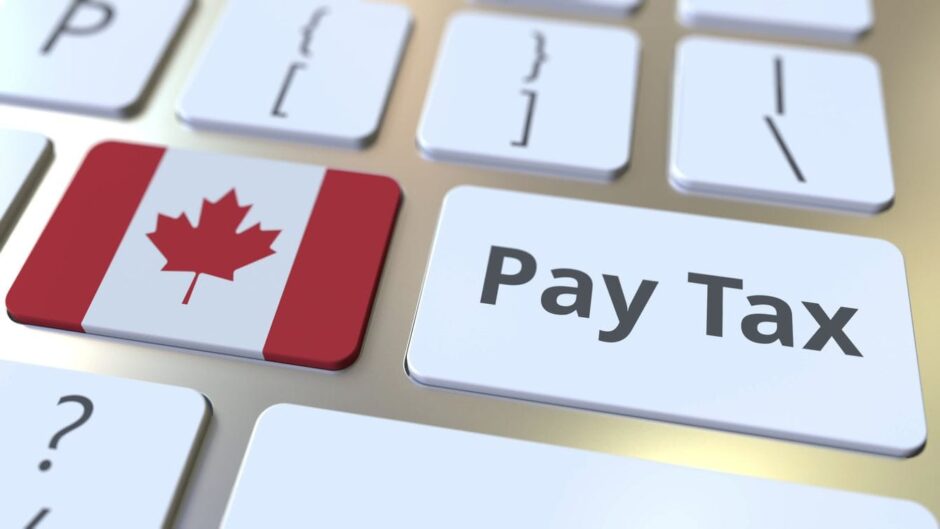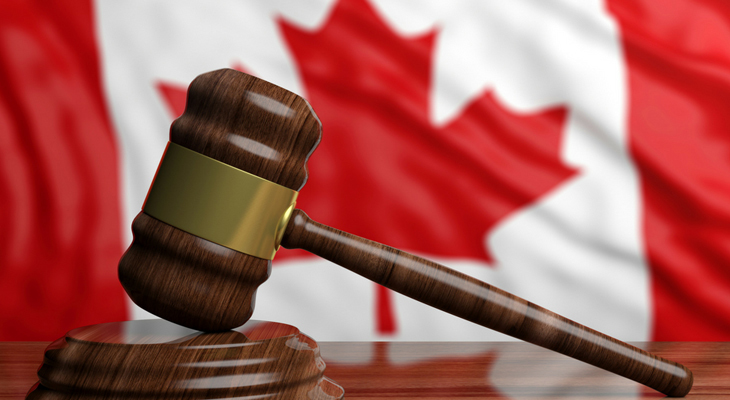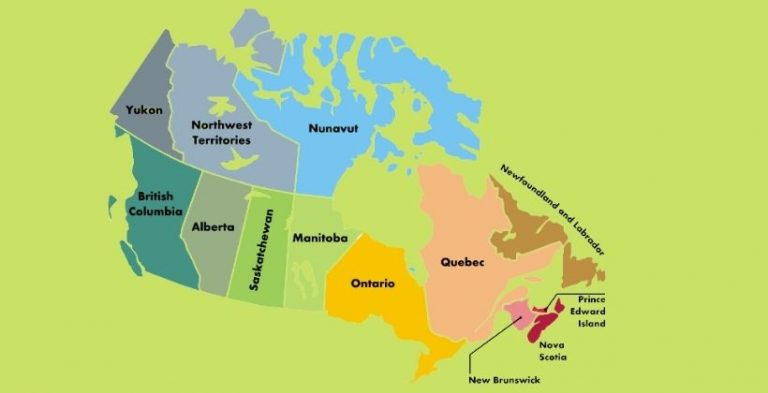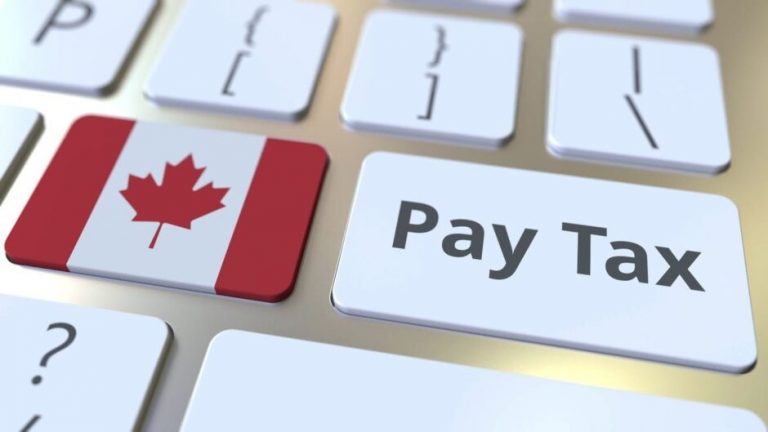
If you’re asking how taxes work in Canada, this primer explains the system in plain language (current to 2025). Canada’s tax system blends federal and provincial/territorial income taxes, consumption taxes (GST/HST/PST), and payroll contributions (CPP and EI). Below you’ll learn who pays what, the major rates and brackets for 2025, the key credits and deductions (like the basic personal amount), important filing dates, and practical tips to file accurately and reduce surprises. (Government of Canada)
The big picture: federal + provincial taxes
When Canadians talk about income tax, they usually mean a two-part system:
- Federal income tax (collected by the Canada Revenue Agency, CRA).
- Provincial/territorial income tax (also collected by the CRA in most provinces; Québec collects its own).
Your total income tax bill is the sum of federal and provincial/territorial tax on your taxable income (income after allowable deductions). Provincial rates and brackets differ by province — the federal brackets apply to everyone. For up-to-date federal and provincial rates, consult CRA tables. (Government of Canada)
Federal income tax brackets (2025)
Federal income tax is progressive: higher income is taxed at higher marginal rates. For 2025, the federal marginal rates and bracket thresholds (taxable income) are:
- 15% on the first portion (up to the first bracket).
- 20.5%, 26%, 29%, and 33% on successive higher brackets.
(Exact bracket dollar thresholds are indexed to inflation and published annually by the CRA — check the CRA’s 2025 tax rates page for precise thresholds for each bracket). (Government of Canada)
Key credits and deductions — the basic personal amount (BPA)
Most taxpayers reduce federal tax by claiming the Basic Personal Amount (BPA) — a non-refundable tax credit that shelters a portion of income from federal tax. The CRA publishes the BPA and other credits annually; claiming eligible deductions (RRSP contributions, union dues, childcare, certain employment expenses) and tax credits (medical, tuition, charitable donations) can lower your taxable income or tax payable. Always use CRA guides for exact eligibility and amounts. (Government of Canada)
Payroll taxes: CPP and EI (2025 rates)
Employees and employers both contribute to two major payroll programs:
- Canada Pension Plan (CPP) — contributions are shared by employer and employee; self-employed people pay both portions. For 2025 the CPP maximum pensionable earnings and contribution limits are published by CRA (for example, the 2025 maximum pensionable earnings was updated on CRA pages). (Government of Canada)
- Employment Insurance (EI) — premiums are withheld by employers and remitted to CRA; premium rates and maximums change annually. Check CRA payroll deduction tables for exact 2025 rates and ceilings. (Government of Canada)
Consumption taxes: GST, HST and provincial sales taxes
Canada levies a federal Goods and Services Tax (GST) and some provinces combine it with a provincial portion to form HST; other provinces levy a separate PST/QST. As of 2025:
- Many provinces levy 5% GST (federal) plus provincial sales taxes or HST where applicable.
- Notably, Nova Scotia’s HST changed to 14% on April 1, 2025 (provincial portion adjustments introduced that year). Rates and the mix of taxes vary by province — always confirm the current rate for the place of supply. (Government of Canada)
Filing deadlines and penalties (practical dates)
Typical deadlines (subject to CRA updates) are:
- April 30 — due date for most individual returns and payment of any balance owing.
- June 15 — filing deadline for self-employed taxpayers (but any balance owing is still due April 30).
Missing deadlines can trigger interest and penalties on unpaid balances; file on time or request an extension and pay amounts owed to avoid charges. Always check CRA’s “Important dates” page for the current tax year. (Government of Canada)
How refunds and instalments work
If your payroll withholding (or instalments you paid) exceed your tax liability, you receive a refund. If you owe more tax than was withheld, you may have to make instalment payments the next tax year (quarterly), particularly if you have significant non-employment income (self-employment, investment income). CRA notifies many recurring instalment taxpayers and provides calculators to estimate requirements. (Government of Canada)
Filing options: software, paper, or professionals
- Most Canadians file electronically using CRA-certified tax software (NETFILE) for faster refunds.
- Paper filing is still accepted but slower.
- If your situation is complex (business ownership, international income, estate issues), consider a professional accountant or tax lawyer. The CRA publishes a list of certified software and provides guides for common tax scenarios. (Government of Canada)
Practical tips to avoid common mistakes
- Keep organized documents: T4s, T5s, receipts for deductions/credits, RRSP slips, and rent or childcare receipts.
- Report worldwide income if you are a Canadian resident for tax purposes. Non-residents and part-year residents follow special rules — consult CRA guidance.
- Claim all eligible credits — many credits are non-refundable (reduce tax owed) while some (like GST/HST credit eligibility) provide direct benefits.
- Watch provincial differences — credits, surtaxes, and bracket thresholds vary, so provincial resources are essential.
- Use CRA tools — My Account, online calculators, and the CRA’s “Come to Canada” or guide pages simplify many steps. (Government of Canada)
Where to learn more — official resources
For authoritative, up-to-date information (2025 and beyond), use:
- Canada Revenue Agency (CRA) — federal tax rates, credits, guides, payroll tables, and My Account. (Government of Canada)
- Provincial finance or revenue sites — for provincial brackets, credits, and sales tax rules (e.g., Ontario, Québec).
- Certified tax software and professional accountants for personalized filing and tax planning.
Final takeaway
Knowing how taxes work in Canada means understanding the interaction of federal and provincial income taxes, payroll contributions (CPP/EI), and consumption taxes (GST/HST/PST). Canada updates Tax rules annually, so for accurate filing in 2025 check the CRA pages and provincial tax authorities for the exact brackets, contribution ceilings, and deadlines that apply to you. If your tax situation is more complex than a standard employed filer, professional advice can save time and money.
Follow TNN for more CANADA NEWS TODAY!



